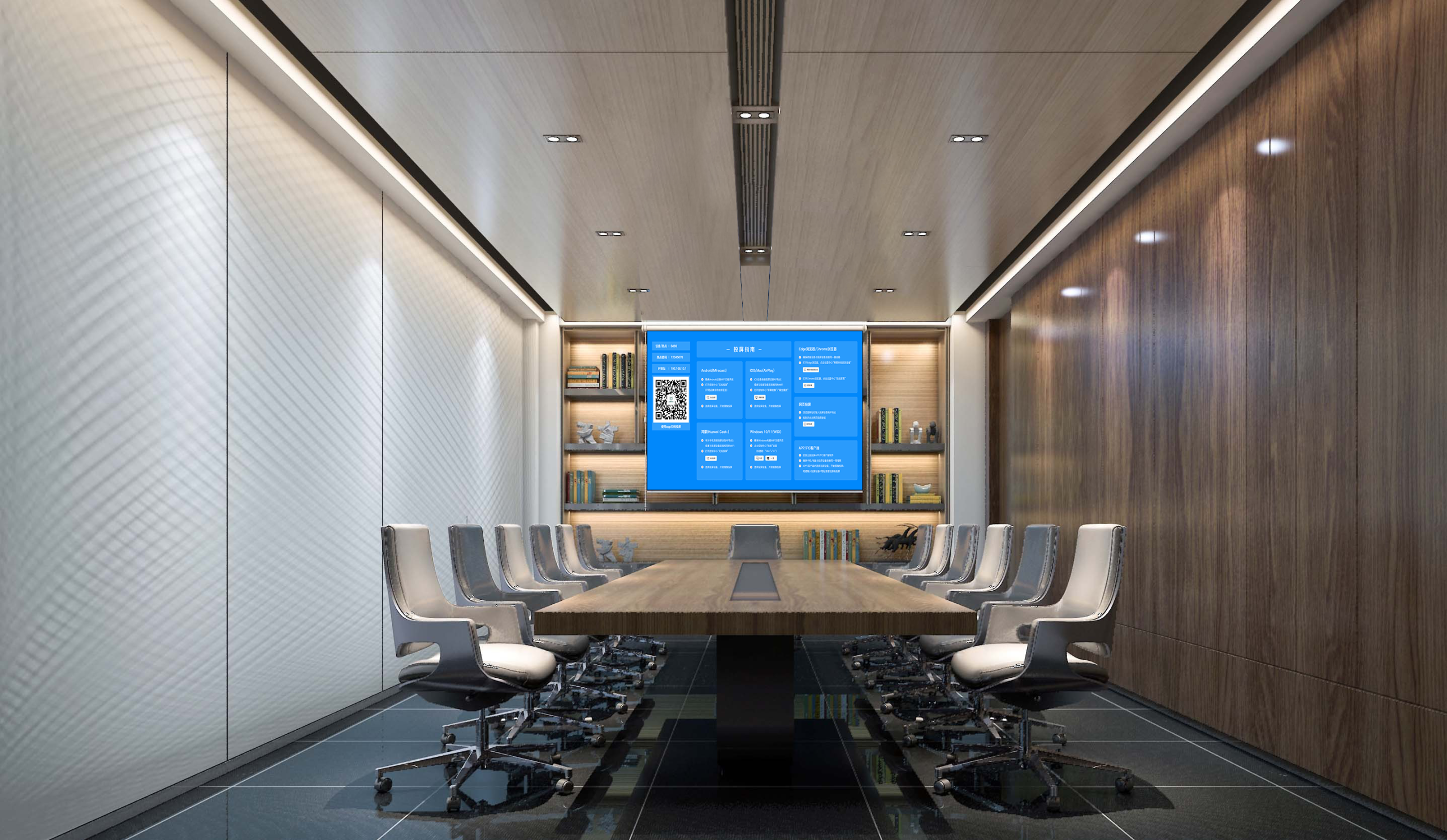Which is Better: Wireless Screen Mirroring or Wired Screen Mirroring? A Comprehensive Comparison to Help You Choose
When choosing a screen mirroring solution, we often face a dilemma: opt for the convenience of wireless mirroring or the stability of a wired connection? Both have their pros and cons, suited to different scenarios. This article will comprehensively compare them across multiple dimensions, including stability, latency, and convenience.
Advantages and Disadvantages of Wireless Screen Mirroring
Advantages:
- High convenience: No cables required; connect anytime, anywhere—this is the essence of multi-screen interaction.
- Flexible connectivity: Can connect multiple devices simultaneously for easy switching, ideal for meetings, teaching, and similar scenarios.
- Low requirement for device interfaces: Phones don’t need specific physical ports (e.g., HDMI).
Disadvantages:
- Highly dependent on network conditions: Instable Wi-Fi may cause stuttering or latency.
- Slight latency: For real-time operations like gaming or precision demonstrations, wireless delay might affect the experience.
- Device support required: The receiving end must be a smart TV or equipped with a mirroring adapter.
Advantages and Disadvantages of Wired Screen Mirroring
Advantages:
- Ultimate stability: Physical connections are hardly affected by interference, ensuring smooth, stutter-free playback.
- Zero latency: Perfect for scenarios demanding real-time performance, such as game streaming or professional design presentations.
- Plug-and-play: Usually requires no complex setup and offers wide compatibility.
Disadvantages:
- Restricted by cables: Limited mobility and connection distance.
- Need for adapters: Most modern phones require additional conversion cables (e.g., Type-C to HDMI).
- Single-function: Typically only supports screen mirroring, lacking some interactive control features of wireless mirroring.
How to Choose? Focus on Your Core Needs!
- Prioritize convenience and content sharing: Wireless mirroring is the first choice.
- For business meetings or stable demonstrations: Use wireless if the Wi-Fi environment is good; opt for wired for absolute stability.
- For mobile gaming or professional presentations: Strongly recommend wired connections to eliminate latency issues.
There’s no absolute “better” option—only what’s suitable. Hopefully, this comparison will help you make the wisest mirroring choice based on your actual scenario.
